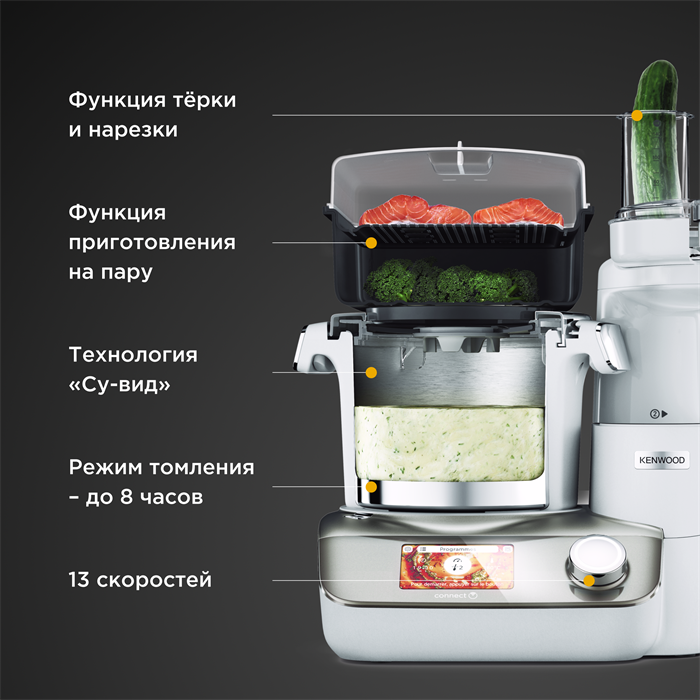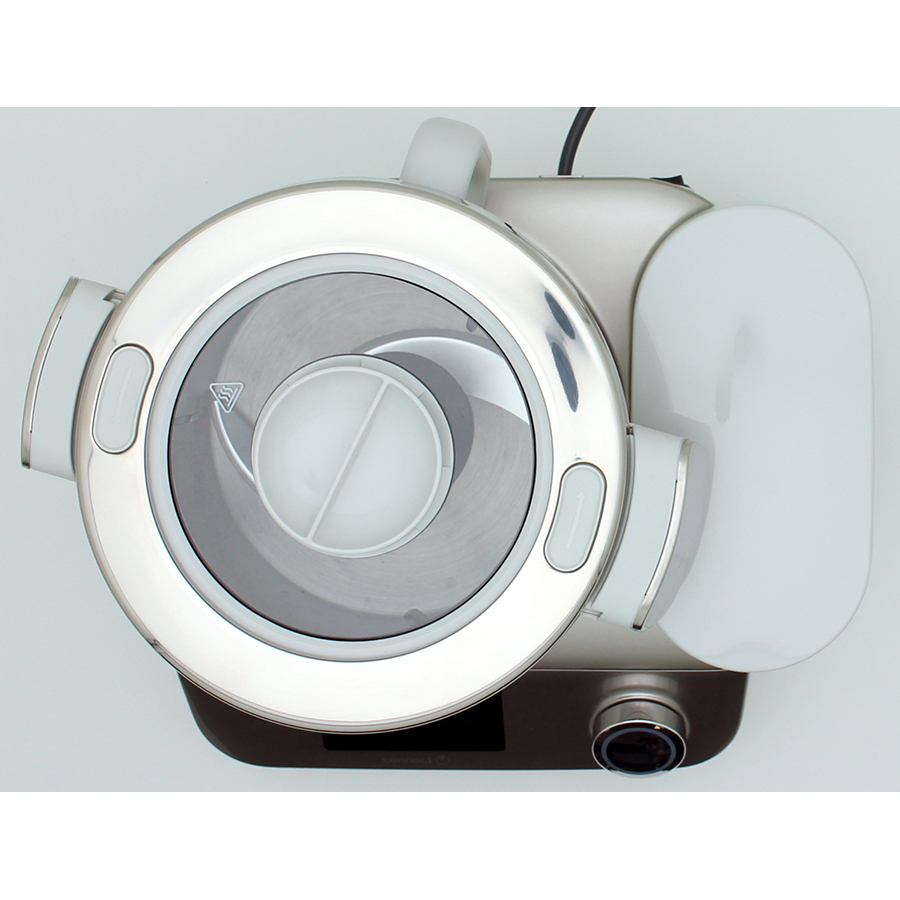
KENWOOD | COOKEASY+ Buy Kenwood CookEasy+ kitchen machine with induction heating and scales, CCL50.A0CP Delivery across Ukraine: Kiev, Lvov, Odessa, Kharkiv, Dnipro, Vinnitsa, Kherson, Cherkasy. Reviews, review. BUY EASY COOK KENWOOD

KENWOOD | COOKEASY+ Buy Kenwood CookEasy+ kitchen machine with induction heating and scales, CCL50.A0CP Delivery across Ukraine: Kiev, Lvov, Odessa, Kharkiv, Dnipro, Vinnitsa, Kherson, Cherkasy. Reviews, review. BUY EASY COOK KENWOOD



















![Using Your Direct Prep - Kenwood CookEasy+ CCL50 Instructions Manual [Page 14] | ManualsLib Using Your Direct Prep - Kenwood CookEasy+ CCL50 Instructions Manual [Page 14] | ManualsLib](https://static-data2.manualslib.com/product-images/203/20292/2029176/raw.jpg)
